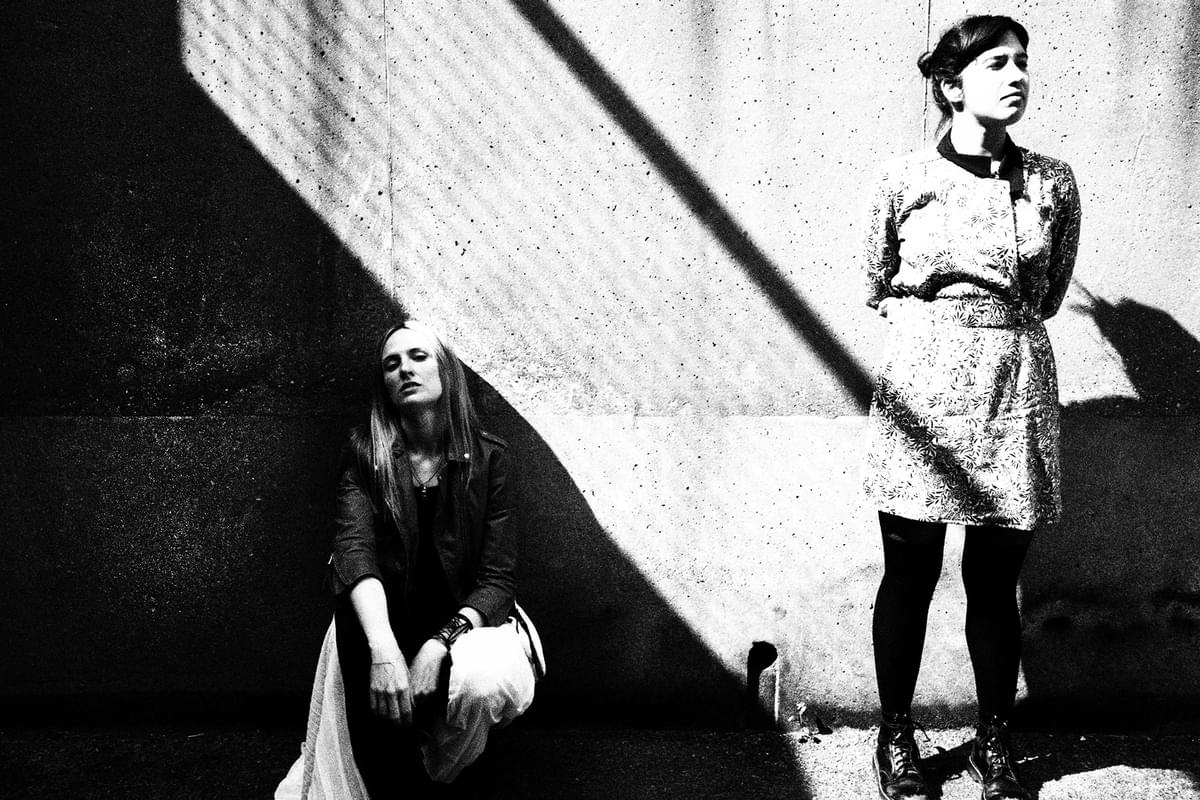
Kite Base on the New Topographic photography movement
Kendra Frost writes about the rebellious approach to uniformity that she adores about the work of Bernd & Hilla Becher and Lewis Baltz.
I can remember thinking: these images have a sound attached to them, a rhythmical beat; they look like techno…
I discovered the work of photographic artists Bernd & Hilla Becher and Lewis Baltz when I was studying my degree in photography at LCC, UAL. I had gradually moved into still life photography as my main practice and was investigating the concept of making a series of images when a wonderful tutor of mine, Beverley Carruthers, recommended I look into the Düsseldorf School of Photography and research the New Topographics movement. As a side-line, through some digging, I’d discovered that Beverley had shot a number of incredible album covers for various 4AD artists under Vaughan Oliver and Nigel Grierson’s 23 Envelope. Although I never let on to her that I knew this – I was trying to play it cool – this was another reason why I paid extra close attention to her expert advice. Her work combined both of my passions, music and photography.

I dutifully hit the university library, a treasure trove for budding photographic voyeurs like myself, and set to work. I picked out Typologies by Bernd & Hilla Becher and The New Industrial Parks near Irvine, California by Lewis Baltz. It was love at first sight. What I saw, in addition to a feast for the eyes, was sound.
From a purely visual level, I instantly felt drawn to this type of imagery because it represented everything I loved about photography. It epitomised the alchemy of the medium; the process of capturing the trace of something available for all to see, frozen in time for a fraction of a second, but revealing something beyond surface level; something ‘other’. Parking lots and industrial sites and structures, viewed flippantly a thousand times through disinterested eyes, these images revealed a beauty in the banal and a form behind the functionality that was impossible to ignore. In a further act of rebellion, they were shot using the same meticulous techniques employed in traditional landscape photography, but the practice had been subverted to focus on the manmade and mundane instead of a sublime scene from nature. Dubbed ‘minimalist, detached, dispassionate’, to me these images were anything but and it was as if photography had emancipated the design held captive within the structures. Yes, the aesthetic processes employed were meticulously methodical to the point of being clinical – the Becher’s work was only ever shot from one specific angle to achieve their regimented uniform like appearance and taken at a particular time of day so the buildings were lit consistently without casting shadows – but I felt that this only served to emphasise the opposite when viewing the works of each artist as a whole.

Then it hit me that the use of repetition as a device was as important as the images themselves. Employed in two contrasting ways by the artists; the Bechers via the incorporation of the grid and Baltz by patterns within a single image, repetition induced focus by manipulating your eye to see recurring shapes and be lured in and seduced by them. We are naturally drawn to repetition after all; the comforting sound of a steady heartbeat, the encouraging pulse of a drum that lures you to break into dance, a continuous rocking motion to keep you held tight in the arms of sleep…As I scanned my eye slowly over the Becher’s grids and Baltz’s shapes and lines, drinking in the similarities between the architecture of water towers and hunting the differences between one breezeblock and another, I started to hear a beat of my own. Stark, minimal, brazen…solid repetitive beats, like visualising a form of techno.

Most of my favourite records happen to be ones where the music and the affiliated art directly compliment one another, where the sound looks like the art and the art sounds like the music somehow. Like minimal dance music, these images were perfectly unapologetic in their form, simple upon first look, but subtly complex upon deeper inspection. They depict so much more than mere functional objects, just as dance music portrays so much more than a mechanical repetitive beat.
Get the Best Fit take on the week in music direct to your inbox every Friday

Lorde
Virgin

OSKA
Refined Believer

Tropical F*ck Storm
Fairyland Codex





